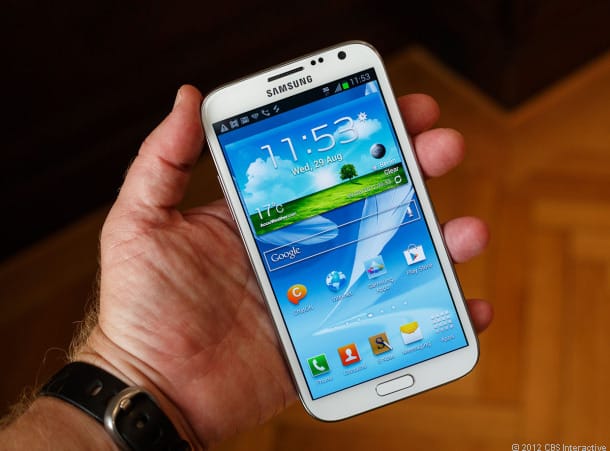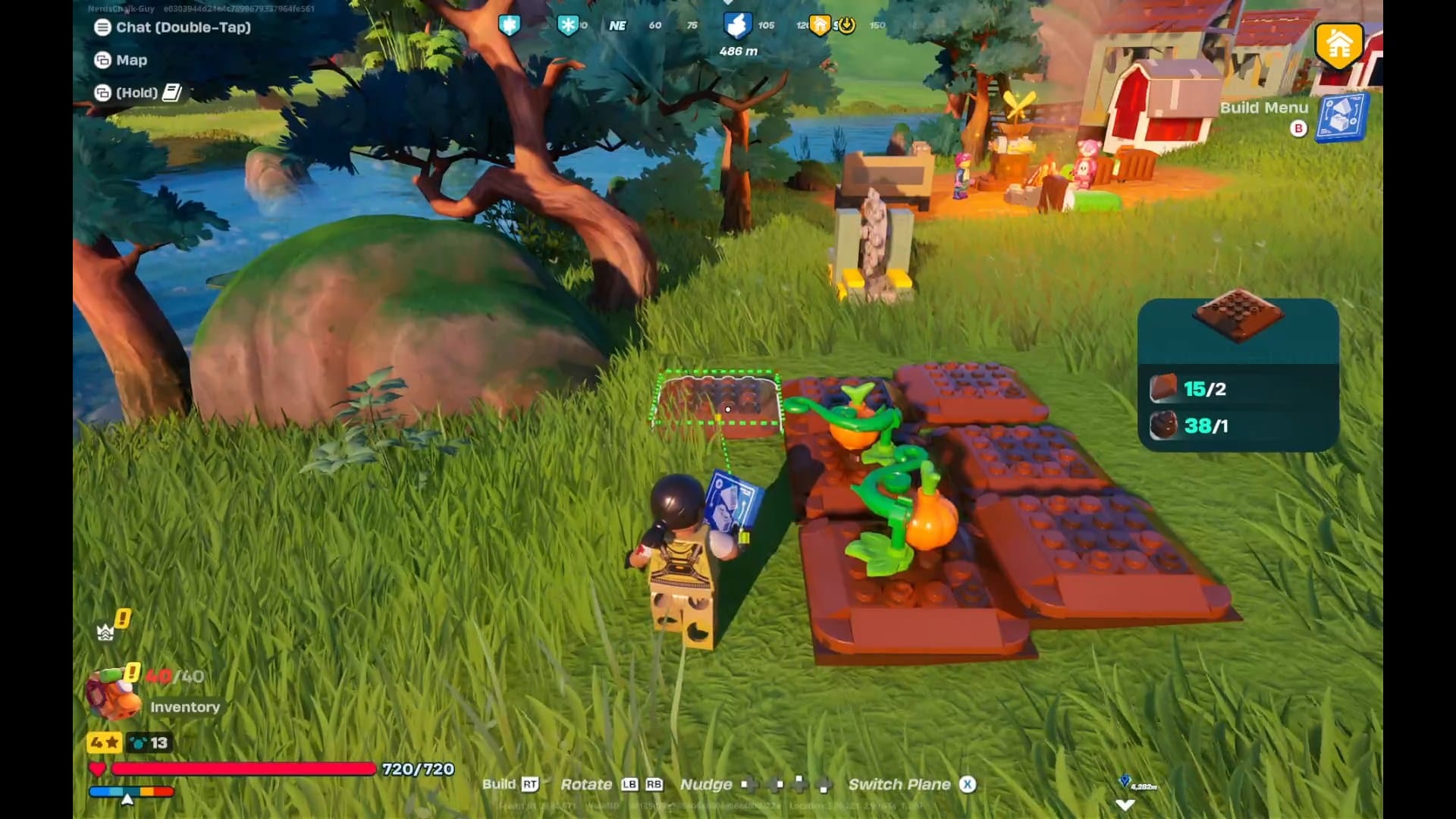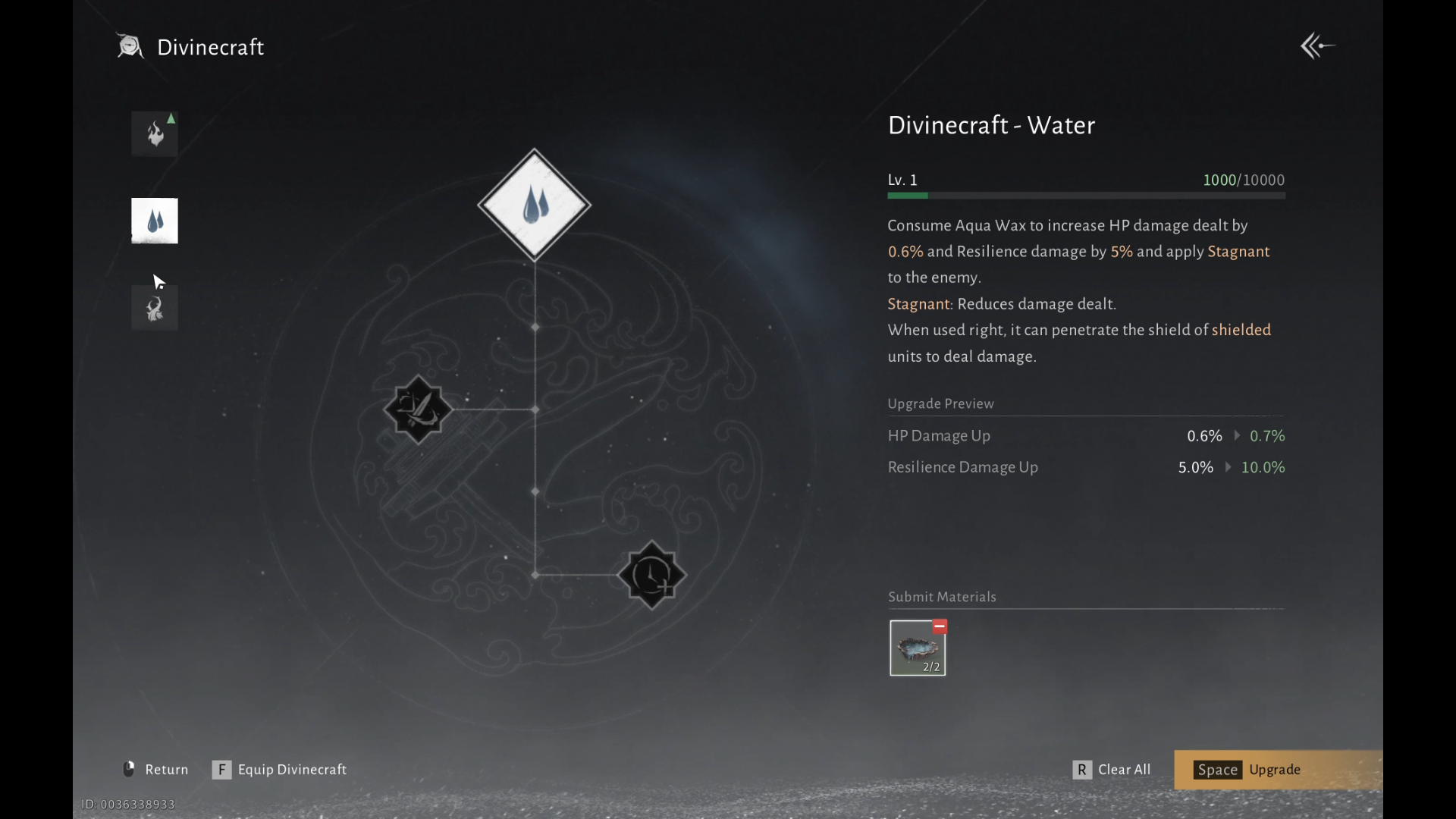The Samsung Galaxy Note 2 is a pretty zippy customer right out of the box, largely due to the presence of the quad-core Exynos processor clocked at 1.6 GHz, and also the inclusion of Android 4.1 Jelly Bean, which is by far the smoothest and fastest version of Android yet.
While the Galaxy Note 2 can easily field most high-resolution games and apps for mobile devices, without blinking, while at the same time also having a few other processes running in the background, the ability to push the already powerful processor to a higher level is certainly quite appealing.
In that aspect, both Android enthusiasts and street racers, both have one thing in common – the Need for Speed (pun intended). And with an extremely active developer community for this magnificent device, that is one need that will never go unfulfilled.
XDA member g.lewarne, who is pretty well known and acclaimed for his contribution towards the original Galaxy Note, has released the Note2Core kernel for the Galaxy Note 2. The Note2Core 1.0 kernel is compatible with the International versions of the Galaxy Note 2 (Regular and LTE) – no joy right now for the carrier based variants yet. And there are three different versions available for each model:
- Regular (STD) – No Overclocking. Set at the default 1.6 GHz and can be used as a replacement for the stock kernel
- Overclock (OC) – Cranked up to 1.8 GHz, and has been extensively tested and found to be stable
- Extreme (EX) – Also cranked up to 1.8 GHz and offers the best possible performance. But in a one-off circumstance, data corruption may be possible, and if that happens, wiping everything clean and flashing a fresh ROM would be the only way out.
- As with driving, over-speeding is always dangerous, and tricky. It is no different with overclocking your device kernel. Why do you think the manufacturer did not include an option to change the clock speed at will? Overclocking beyond a point can cause the device to become unstable, and if you notice symptoms like overheating or force closes, change the clocking value to a lower level, and let it live to die another day.
- The Note2Core kernel is available as an Odin flashable tar file, as well as a CWM flashable zip file. We would be covering the Odin flash method in the guide below. With Samsung devices, flashing via Odin is always preferable
How to Install Note2Core Kernel on the Galaxy Note 2
- First off, please make sure that you are either using the Stock Samsung firmware, or a Touchwiz based custom ROM on your Note 2. Note2Core is built with Touchwiz based ROMs in mind and will not work with AOSP based ROMs
- Download and install the Samsung USB drivers to your PC. If you already have KIES installed OR have already installed drivers, move on to Step 3.
- Download the Note2Core kernel for your device (Non-LTE or LTE) from the source page. Make sure you are downloading the Odin Tar file.
- Now download Odin, and extract the zip file to a folder on your desktop. For the uninitiated, Odin is a tool which is used to flash stuff like kernels, ROMs, modems etc to Samsung devices. If this is your first time flashing something to your phone, it would be wise to get to know Odin well, as you would be needing to use it very often from hereon. Download Odin
- Flashing time now. Turn off your phone and then put it into download mode. To do that, press and hold the Volume Down + Home + Power keys till the screen turns on. Then press Volume Up to continue to enter download mode.
- On your PC, open the Odin folder on your desktop (Step 4). And launch Odin by double-clicking the Odin3 v3.xx.exe file
- Now connect your Note 2 in Download Mode to your PC. The Odin window should now show a green box to the left, with the message Added! This means that Odin has recognized your device and is ready to roll.
Note: If you don’t get the Added! message, make sure that you have installed the drivers correctly, from Step 2 OR Try using a different USB Port on your PC OR Try using a different USB cable, preferably the one that came with the phone. - Now in the Odin window, click the PDA button, and navigate to the Note2Core kernel tar file you downloaded in Step 3 and select it.
- Leave everything else in Odin as it is. Do not touch any other buttons or check boxes. Just make sure that the Re-Partition check box is NOT checked.
- Double check everything from Step 9 once more for good measure, and then click the Start button in Odin. This will start the Note2Core kernel flashing process, and you will see progress in the Odin Window. If the flashing process has been successful, and don’t worry, if you’ve followed all the steps right so far, it will be, and Odin will show a PASS message with a green background. This means it is now safe to disconnect your phone from the PC.
What to do if Odin gets stuck: If Odin gets stuck and doesn’t seem to be doing anything, or you get a FAIL message (with red background) – Disconnect the phone from the PC, close ODIN, remove battery from phone, reinsert it, and repeat Steps 7-10













Discussion